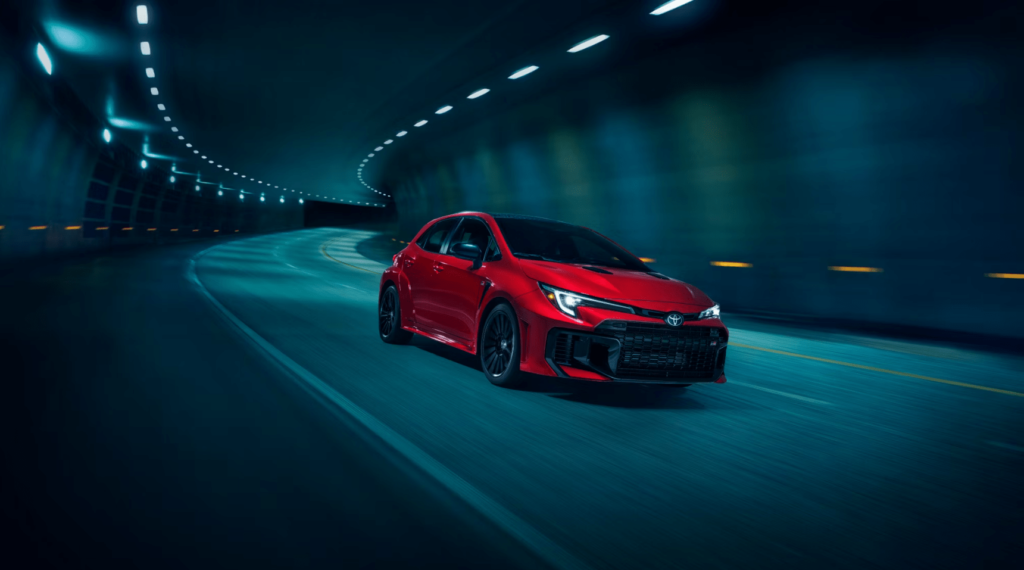Power and practicality
At their cores, the Honda Civic and Toyota Corolla are some of the most reliable and affordable cars you can buy. Both have exceptional cargo space figures, improved sound systems, hybrid versions, and now, track-focused editions in the form of the Corolla GR and Civic Type R. You really can’t go wrong with either one, but after testing both cars with my two car-seat bound toddlers in tow, it’s difficult to decide which would be best for daily driving. Especially when they’re turbocharged hatchbacks with 300 or more horsepower, they can come with a six-speed manual, and are very similarly priced.
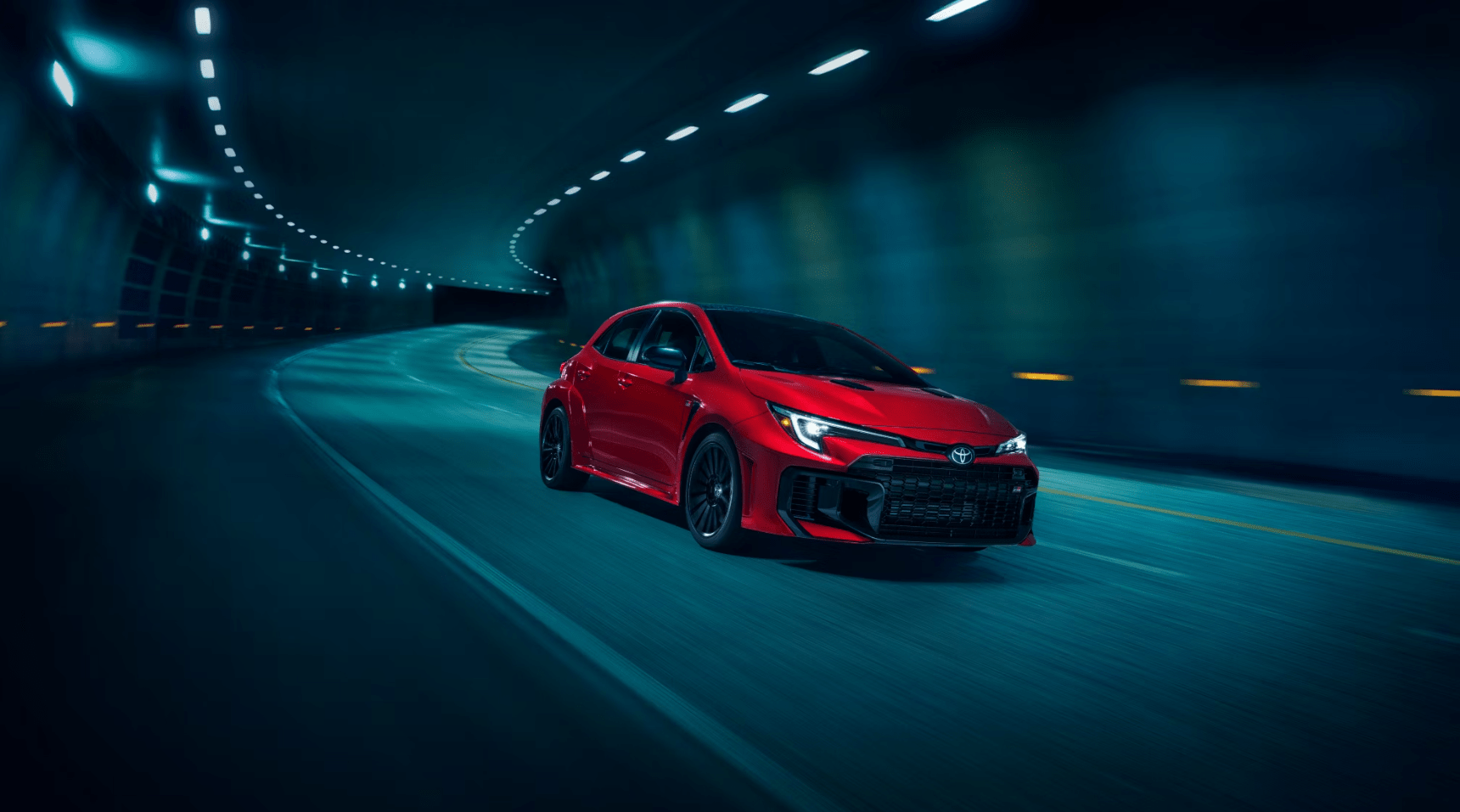
So, what do you get in the Corolla GR for the price? Like many others, my first car was a 1999 Toyota Corolla. It didn’t have ABS, it had manual window cranks, no A/C, and no tachometer. It also had a three-speed automatic without an overdrive, so the poor thing was whining the entire drive if I drove over 65 mph. It was slow and archaic, but it was reliable. The Corolla has come a long way since then, but one thing has remained the same—it’s reliable, affordable, efficient, and uncomplicated. The Corolla had an S model, standing for “Sport,” but believe me when I say it was absolutely not sporty. It was more of an appearance package, coming with a front diffuser and a rear spoiler, smaller wheels, side skirts, a leather steering wheel, and that’s about it. Oh, and a slightly better sound system.
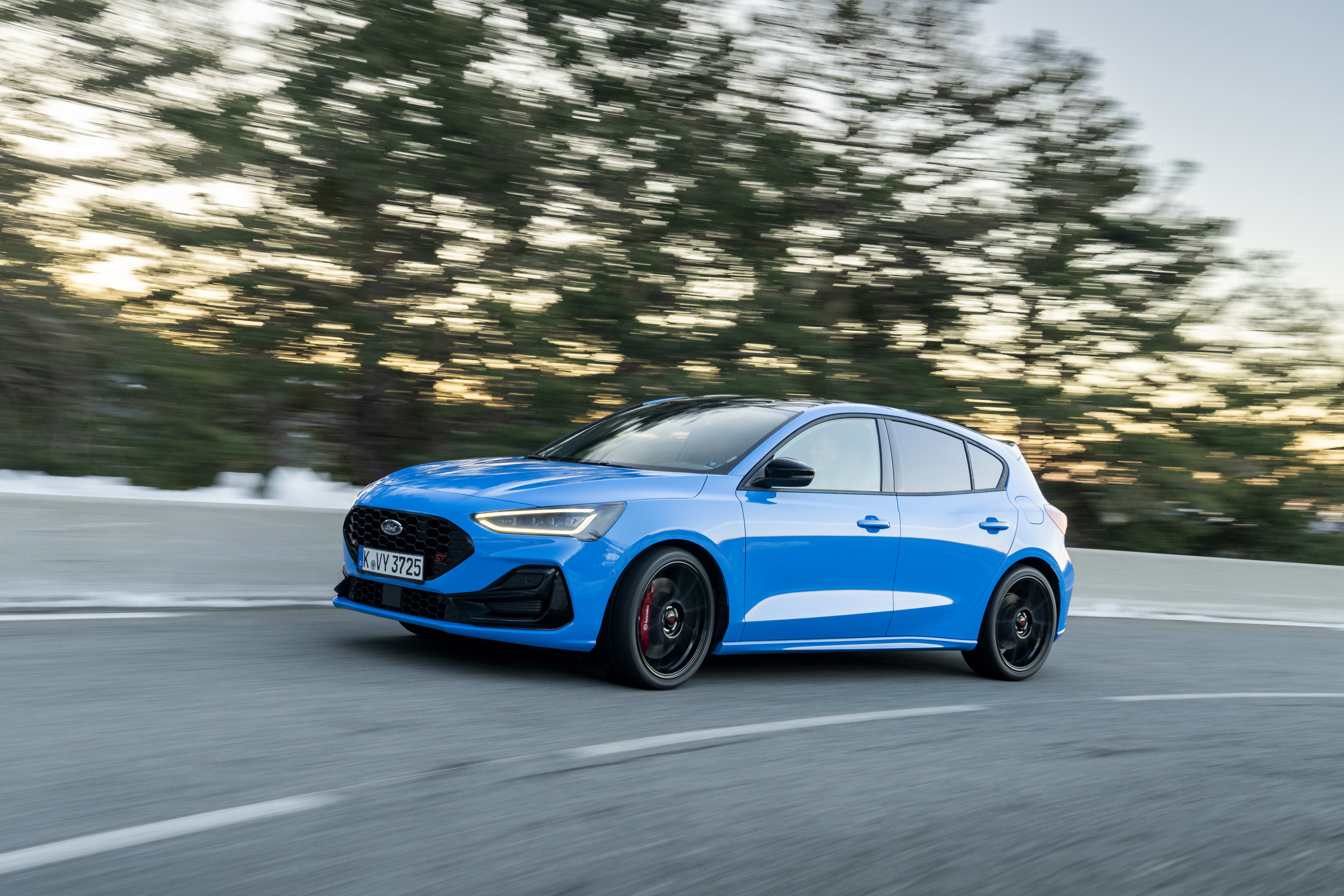
The Corolla GR is a completely different animal
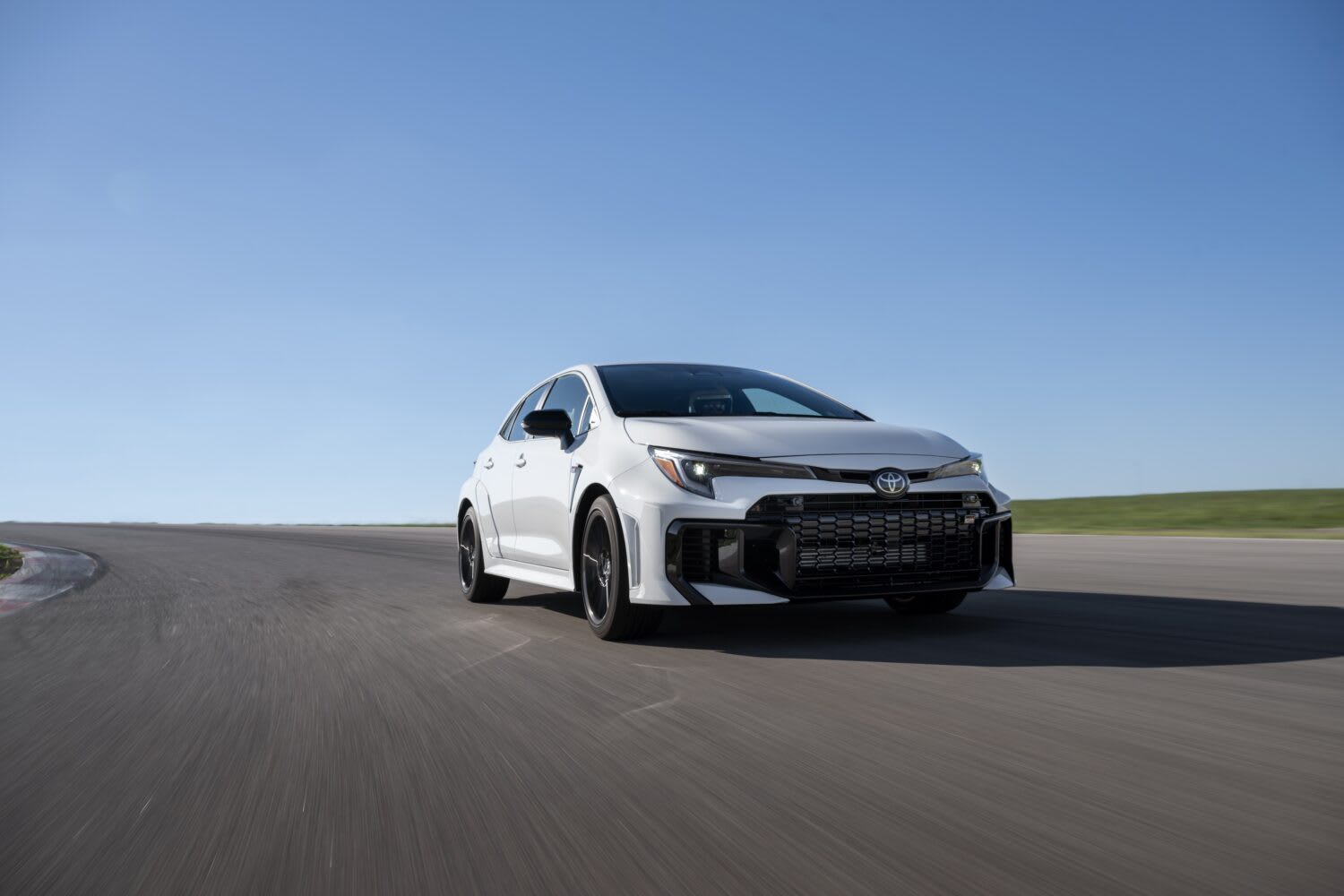
Then the Corolla GR was introduced in 2022. And I can promise you, it’s nothing like the Corolla I had in high school, and it’s much more prominent than the “S” trim. In fact, it doesn’t feel like a Corolla at all. It feels like a completely different animal in the very best way. The only part of it that feels like a Corolla is the headlight design, which speaks the same design language as the standard Corolla, as well as the wheelbase length. Only the GR has a wider body, it can come with a six-speed manual, and the most important difference is a fat turbocharger on top of a three-cylinder engine that produces 300 horsepower. Yes, you read that right. It’s missing a cylinder over the standard Corolla, but it makes 131 more horsepower. Even with all that, I was still earning around 23 mpg driving it around town.
All those goodies add quite a bit to the price tag, though. The GR’s base six-speed manual trim, the Core, starts at $39,995 and goes all the way up to $46,650 for the Premium Plus (previously the Circuit Edition). If you go for the automatic, it’s even more expensive, starting at $41,995 and topping out at $48,650. Ouch. That’s not including taxes, destination fees, and dealership markups, either. The standard Corolla costs about half as much, obviously, starting at $23,460 and maxing out at $29,325 for the Hybrid XLE.
There’s enough Corolla DNA to make it cozy
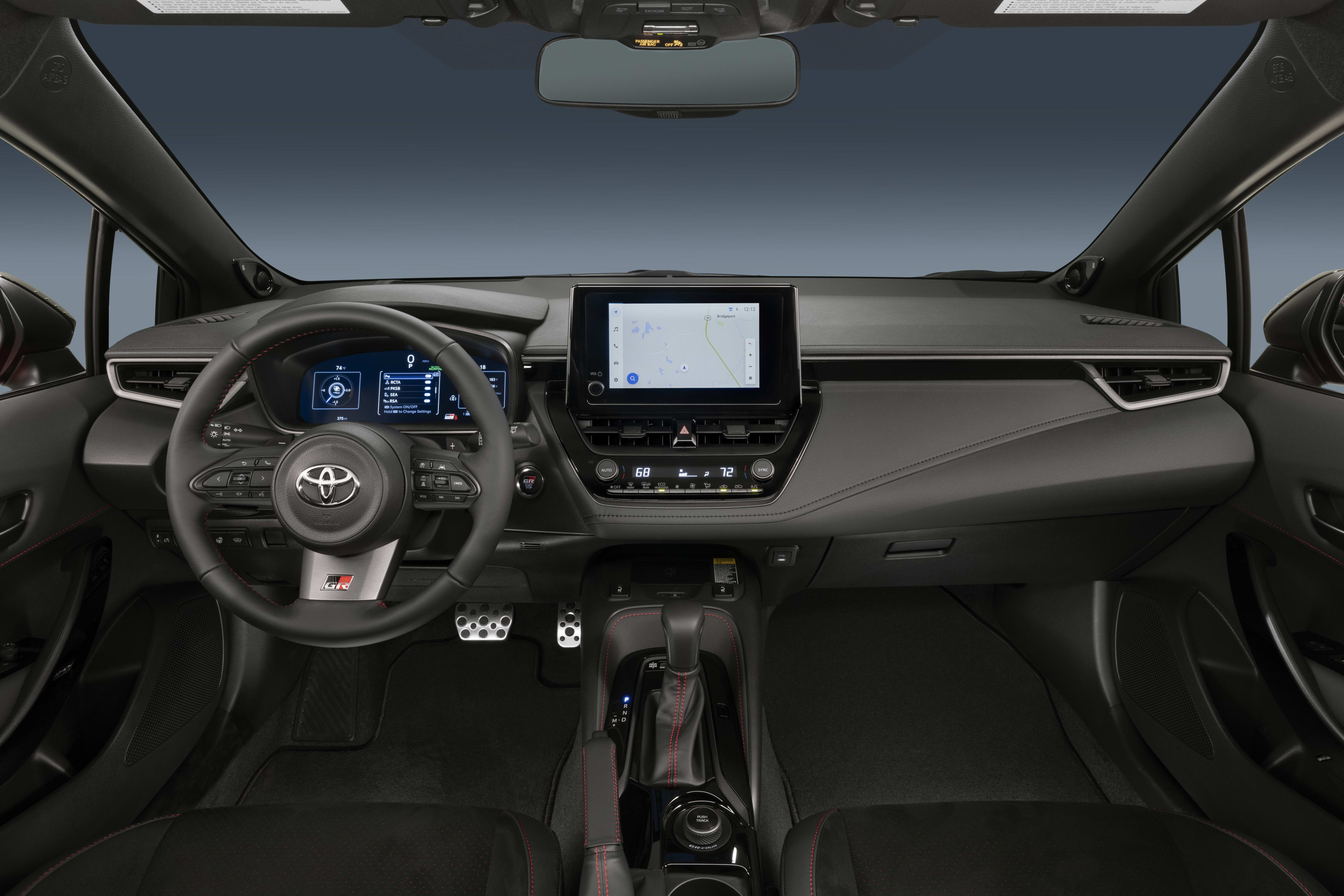
Now, just because it’s track-focused doesn’t mean it can’t be driven daily. There’s an “eco” drive mode in the automatic to help keep the RPMs as low as possible, and the Premium Plus can come with a substantial JBL sound system that includes a fairly powerful subwoofer. There’s no sunroof, but the visibility is impressive for a car that’s as small as it is. The seats can be adjusted to your liking (the driver’s seat is the only one with electronic controls, though), and the racing-style Naub Suede seats were soft and surprisingly cozy. However, it does suffer from modern sports car syndrome, as it lacks a proper center console, taking away valuable cargo space and a place to put your elbow. Though, as my husband remarked, “You don’t need a place to put your elbow when you’re at the track, silly.”
Unlike my Corolla from high school, the GR does have air conditioning, cruise control, ABS, and a long list of other excellent safety features, like auto emergency braking, a backup camera, a heads-up display, pedestrian detection, road sign assist, automatic high beams, blind spot monitoring, lane tracing, steering assist, and more. The GR also has all-wheel drive as standard equipment, which is fairly new for the standard Corolla, too. Surprisingly, the little pocket rocket also has heated seats and a heated steering wheel in the Premium Plus as well. It comes from the factory with a beefy exhaust, which helps it sound more like a rally car than a lawn mower.
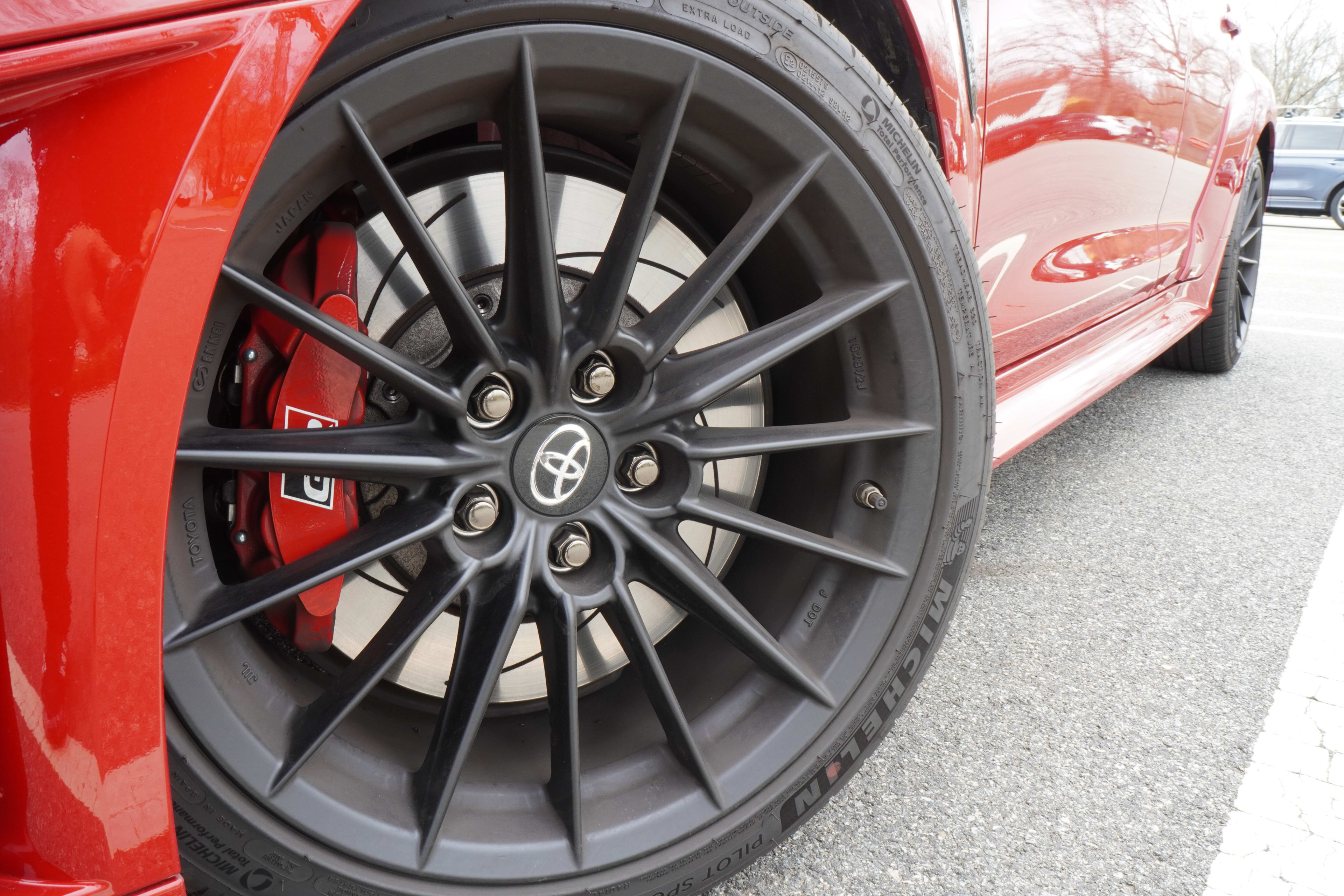
When I had it for review, I was pleasantly surprised to discover how easy it was to put my children and their car seats in it. The lower anchors were easily accessible, the seat’s buckles were simple to secure, and the upper tether was on the back of the seat. Easy peasy. The hatchback doesn’t have an overwhelming amount of cargo space thanks to a very minimalist trunk, so it might be a tight squeeze as a daily driver with two car seat dwellers who need diaper bags and strollers, but there’s more than enough space for one car seat, children in booster seats, or older children. The leg room as an adult was surprising, especially for my husband, who is six feet tall. The windows were smaller in the back, but visibility wasn’t terrible.
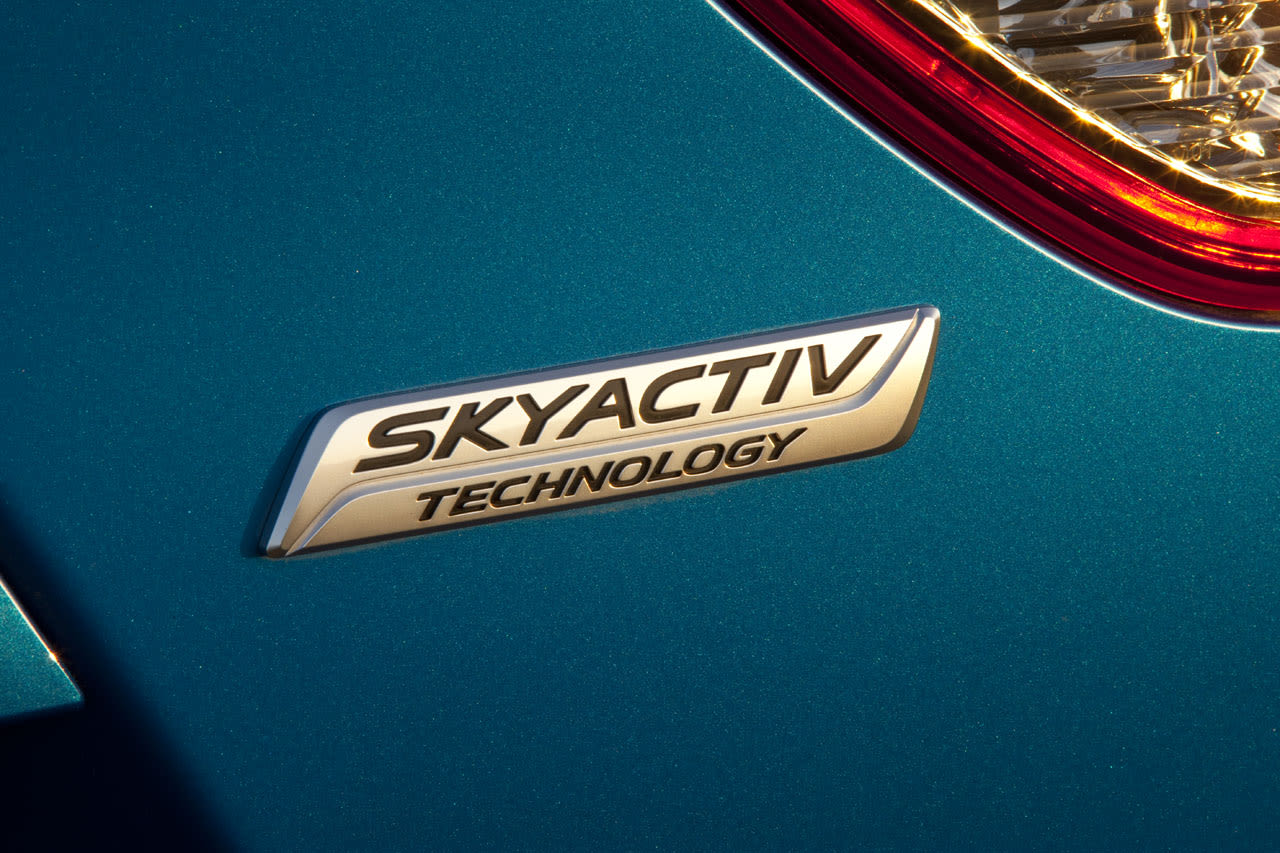
She comes from the factory ready to race
For 2025, the Circuit Edition of the GR was replaced by the Premium Plus, and it comes with trim-exclusive 18-inch matte black wheels, upgraded Michelin Sport 4 summer tires, beefier brakes, and a sexy hood scoop with functional vents (which is shocking, since Toyota loves hood scoops purely for show). My personal favorite addition is the carbon fiber roof, which not only looks amazing but also reduces overall weight to give it a little more of an edge at the track. The rear spoiler and wider front diffuser further separate it from the Core or Premium trims. On the inside, red accenting is used throughout.
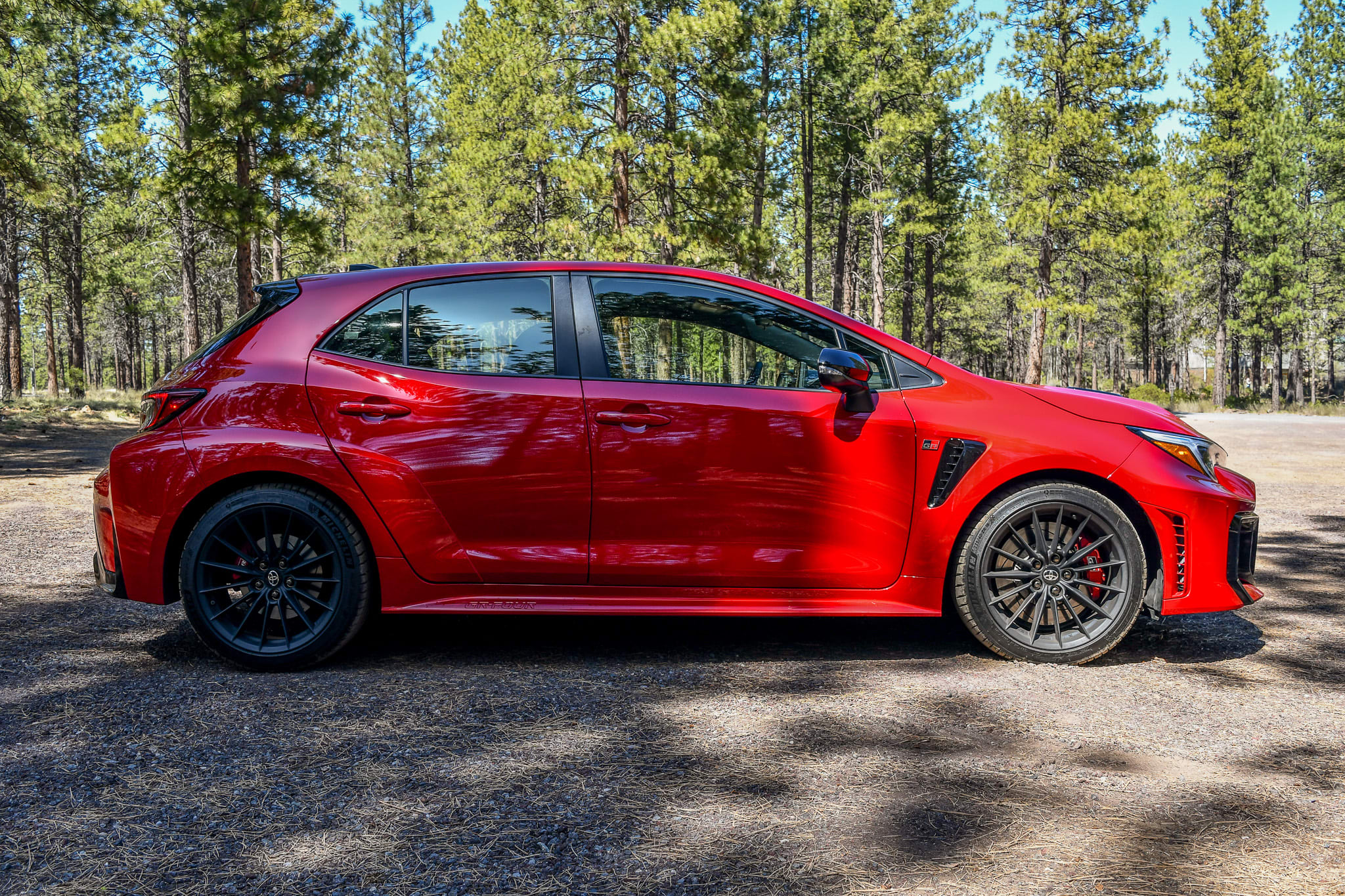
The Track Mode in the GR is life-changing. In an automatic, the track mode tunes the transmission to hold onto the gears longer to get as much torque and horsepower as possible, while also tightening up the steering and adjusting the throttle response. As a six-speed, the GR still has a Track Mode, but the only changes made are the torque distribution, which is changed to be a 50:50 split between the front and the rear (same with the auto), and a tighter steering feel. Unlike the Honda Civic Type R, the GR does not have a built-in lap time tracker.
Track Mode alters the driver information display to show crucial temperature gauges like oil, coolant, and engine temperature. It also uses GPS to track where you are and use the data to switch between a 60:40 front-wheel bias for drifting, a 30:70 split, or a 50:50 split. Since it looks like a rally car, the Corolla GR can also be switched into Gravel mode, which Toyota says can alter the car’s behavior to be suitable for rallycross. So, if you’re not into time attacks at your local tarmac tracks, it’ll be fun to drive on dirt and gravel, too.
Serious competition comes from Honda
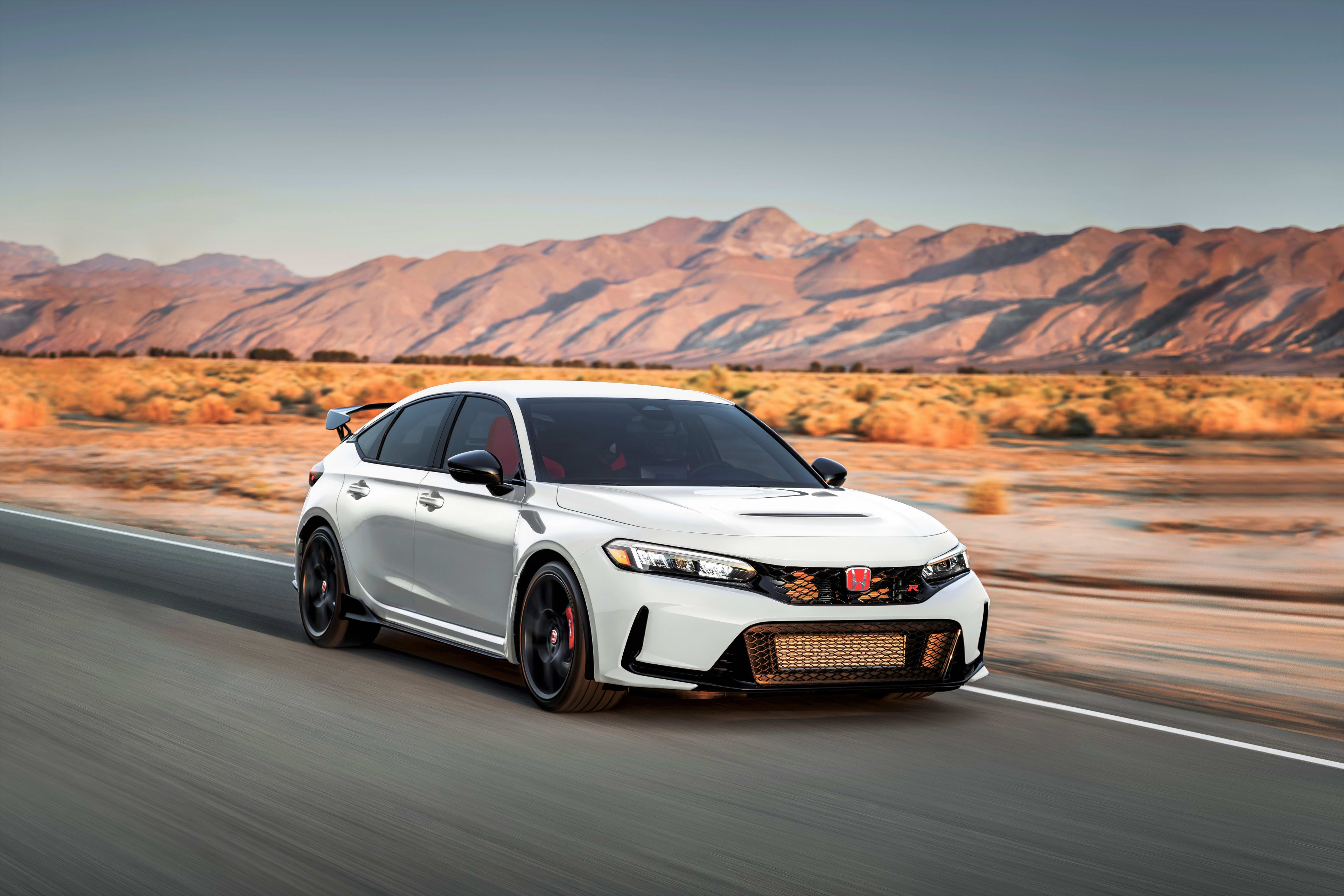
The Honda Civic Type R is also made to run multiple laps around the track, but it keeps very close to Honda’s roots and is only offered in FWD. Unlike the Corolla GR, it’s a trim level of the standard Honda Civic, not a standalone model, so there aren’t any tier or price levels to the Type R. What you see is what you get. And for $47,045, you get quite a bit. The Honda Civic hatchback has enough cargo space for a family, has an all-red interior, and has all the nice creature comforts of the standard Civic. However, the Type R, unlike the GR, is manual only with a six-speed. So, if you don’t know how to drive a manual, you’re SOL. Honda has no plans on changing that, either.
Aside from the very, very red interior, the six-speed manual is paired with a 2.0-liter turbocharged four-cylinder engine that produces 315 horsepower. So, for $395 more than the GR’s top-shelf model, you get 15 extra ponies, more cargo space in the front and rear, and a center console. That means you’d have somewhere to put your elbow if you did decide to drive it daily. Which you should, because it’s a pleasure to drive daily. The six-speed has a good amount of feedback, the exhaust is loud enough to boost your serotonin levels every time you start it up but not loud enough to piss off your neighbors, and it still gets decent mileage (depending on how you drive it, of course). Installing my children’s car seats was just as easy as the GR, but the Civic had much more space for them, and they enjoyed the larger windows. It also has a real trunk, making it the perfect blend of a performance car and a family hauler like the Subaru WRX.
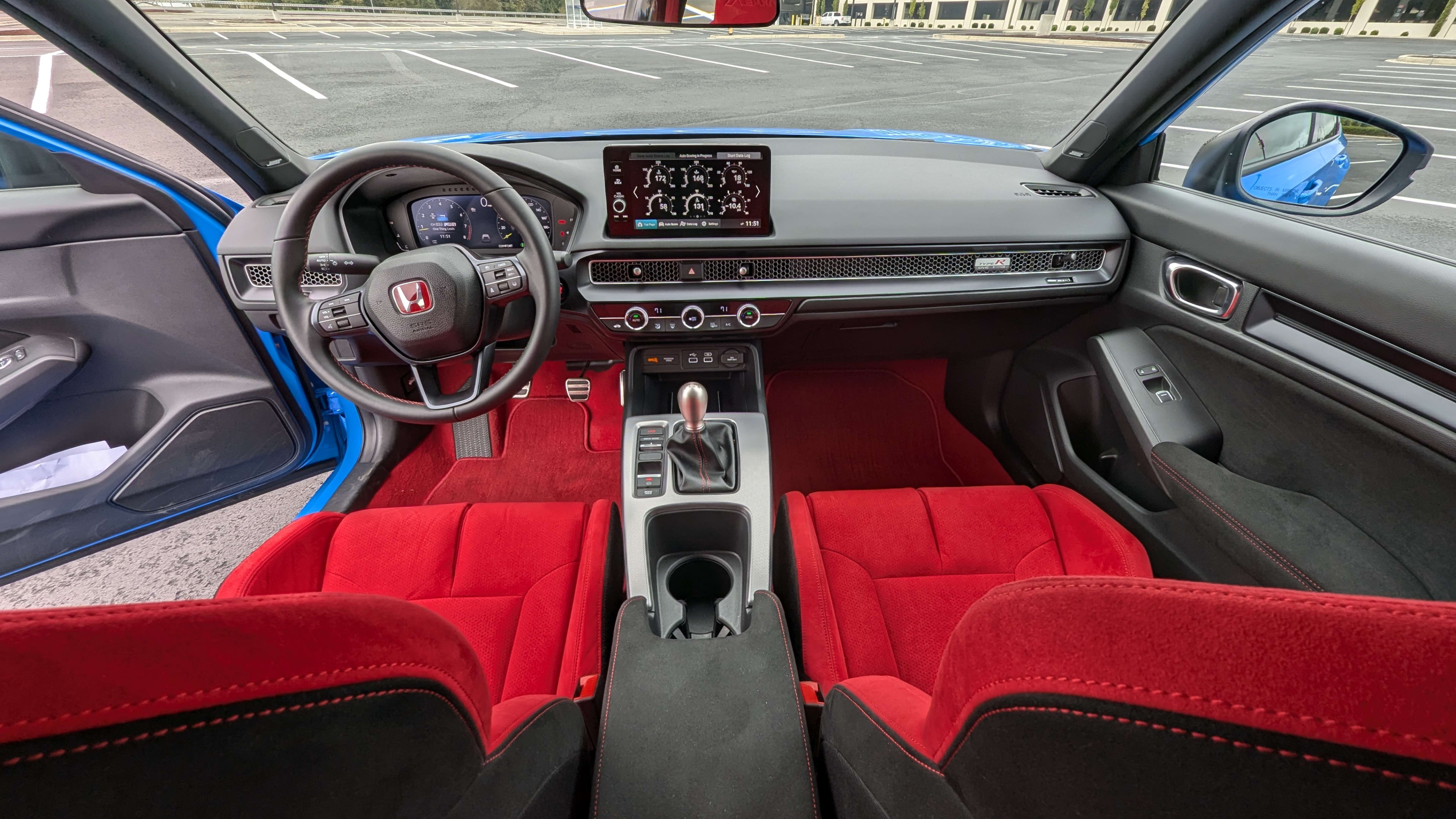
For adults, the rear seats are comfortable, too. Neither my husband nor I had any complaints about the comfort. If it wasn’t for the red interior, the louder exhaust, or the “Type R” badging throughout, it would have been easy to forget that I’m not sitting in a normal Civic. Which is a compliment. Don’t get it twisted. So, for almost $400 more, you get more horsepower, cargo space, passenger space, and overall comfort. In my opinion, it’s the most suitable for daily driving.
The Type R has track-focused features, too
As I mentioned earlier, the Honda Civic Type R comes equipped with a factory-installed lap time tracker, and the 9-inch touch screen displays real-time temperature data for the oil, coolant, boost gauge, and oil pressure. It doesn’t have a “Track” mode like the Corolla GR. Instead, it has an “R+” mode, which you probably guessed stands for “Race.” Similar to the Corolla, R+ mode adjusts engine responsiveness, throttle response, and steering feel.
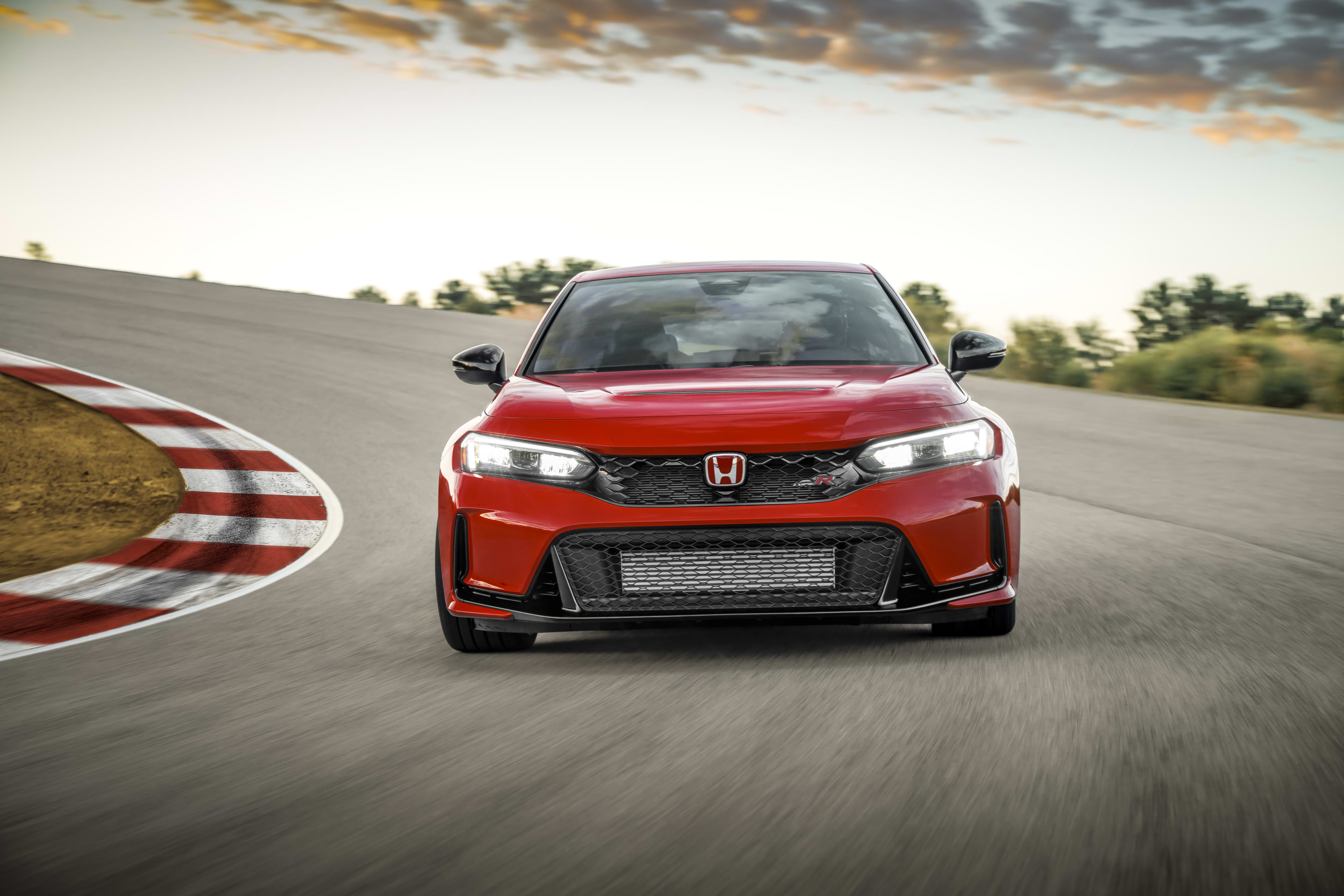
Unlike the GR, though, the Honda Civic Type R has an electronically adjustable suspension that adapts to the drive mode. The Corolla comes standard with fixed suspension, but can be configured with “adaptive variable suspension,” or AVS, for an added cost. When not in R+ mode, the Type R can be driven in Sport, Comfort, or Individual. Which, as you’ve surely put together, is a mode where you can adjust suspension, steering, and throttle response.
Sport and R+ modes feature Honda’s rev-matching system to help you get into the next gear or start from a stop more easily. Similar to the GR, it also comes with Honda’s Sensing suite, which includes valuable safety features such as collision avoidance, driver attention alert, pedestrian detection, rear and cross-traffic alert, a backup camera, and more. And while it has very Civic-y accommodations, this isn’t your normal Civic. It has a wider body, it’s lower to the ground, and has aero-friendly bits and pieces all over to keep it friendly with the tarmac. In the front, the Type R boasts double-axis suspension to help combat torque steering, and a multi-link suspension system in the rear to help keep it stable. The rear wing and front diffuser help hunker it down at high speeds, and look amazing.
So, after all that, which is best?
Here come the two words you hate to read when you ask which is best: it depends. The Corolla GR and Honda Civic Type R are both cars that I was very sad to see go back to the press fleet. Even when accommodating my small children and tall husband, both were incredibly fun to drive, they sparked a lot of friendly conversations, and were both beautiful cars at similar price points, from two companies known for their reliability. However, if you’re looking for a car that truly does it all without sacrifice, the Honda Civic Type R would be the one I would buy. Having more horsepower and cargo space made a huge difference for me, but that’s because I have a family to consider. And I’m the kind of person who would want to be able to drive a car that I spent almost $50,000 on every day, and not just when I’m running laps.
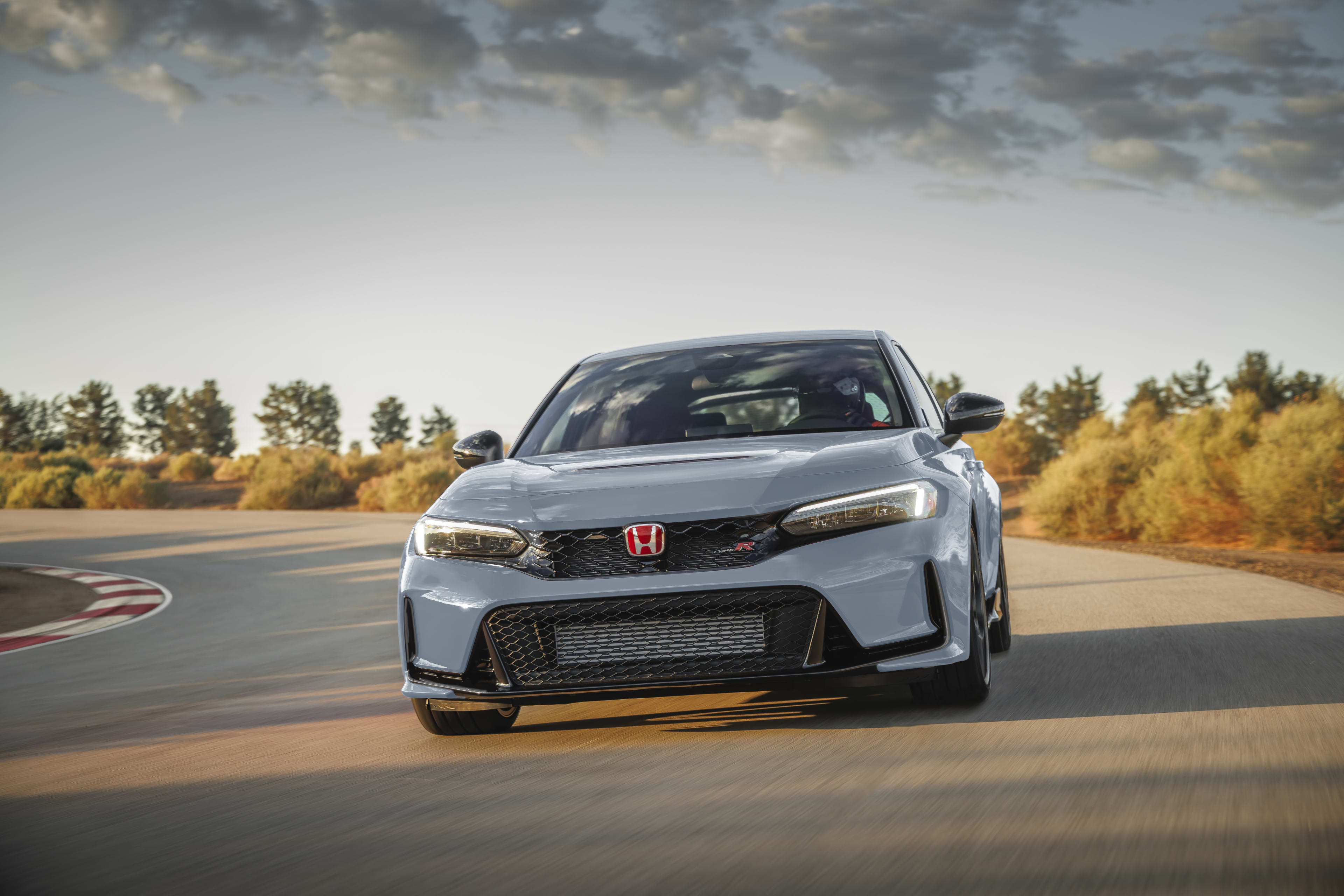
If I didn’t have a family to think about, or it was just my husband and me, the Corolla GR would be the one I’d buy without a second thought. It would be perfectly comfortable to drive daily, and it felt more like how sports cars used to feel. It was raw, unadulterated power on four wheels, but it still had features that would make it fun to drive all year long. The rear seats are small and not as comfortable as the front, but they’d do in a pinch. So, if the Corolla GR was the “fun” car while an SUV was a daily driver for the kids, similar to how my husband and I use my Subaru Forester to haul the kids and occasionally put the kids in his WRX for fun, the GR would be perfect. Plus, the Corolla GR has an optional automatic transmission, which makes it accessible to more drivers.

About the Author

